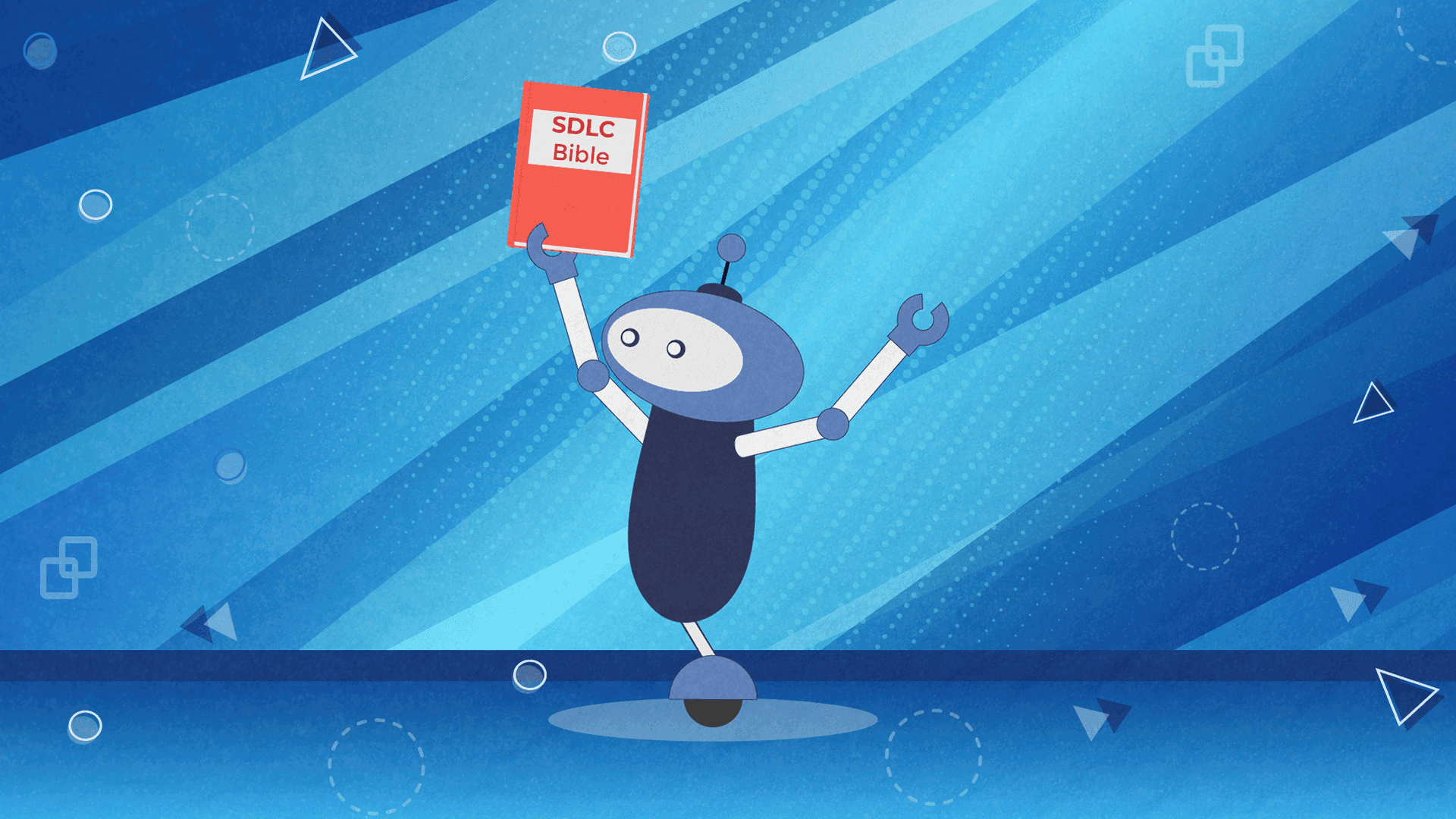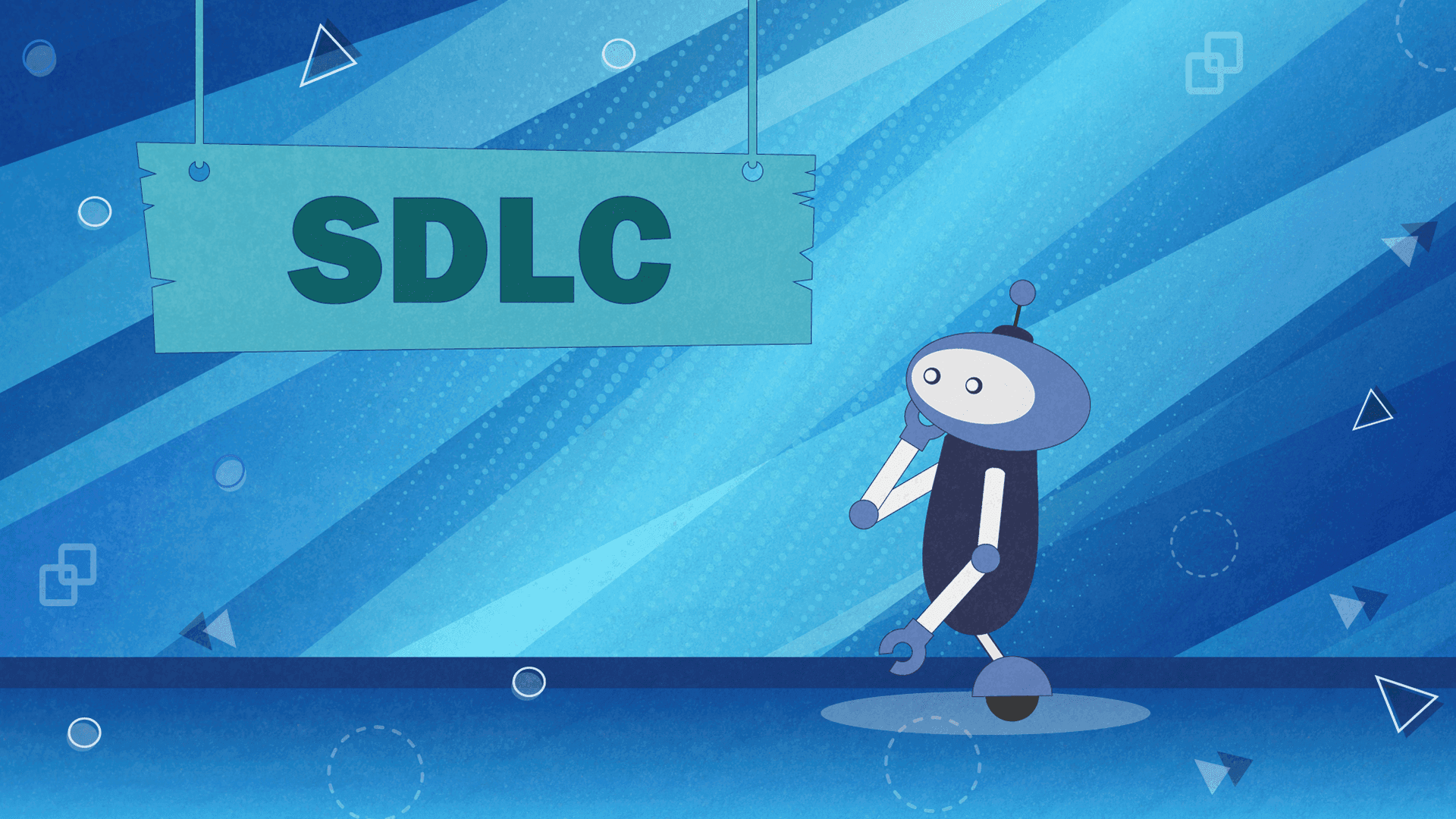SDLC: The Why and How Behind the Best Software Development Life Cycle Methodologies

Every modern software development team uses a combination of different SDLC processes and practices to successfully conceptualize, navigate, and execute projects.
Picking the right SDLC for a project is equally important as picking the right tech.
There are lots of different methodologies and all of them come with different strengths and weaknesses. Depending on your needs for a specific project, one methodology might work better than the other and vice versa. It’s all about nuances.
However, in this post, we have no intention of providing you with an exhaustive list of different SDLC methodologies. Unlike most articles on the web that primarily focus on defining and explaining SDLC methodologies, we’re going to go a bit deeper and provide you with a fresh perspective on things you need to know as a person looking to hire an outsourcing company to handle your software development needs.
In this article, we won’t list legacy SDLC methodologies like Waterfall that are no longer valid. Instead, we’re going to teach you about the dominant SDLC methodologies that are used by professional software organizations in 2021 and what you need to know about them.
What is SDLC?

Just to make sure that we’re on the same page when it comes to SDLC and what it stands for, let’s take a step back and define the core term.
The Software Development Life Cycle, also known as SDLC, is a systematic process for creating and delivering software applications. It’s a multistep, iterative activity designed to help create software solutions with as few hiccups as possible.
The SDLC usually comes in the form of the following six stages:
- Planning
- Analysis
- Design
- Development & testing
- Implementation
- Maintenance
Every stage is equally important and every stage requires a different set of skills. However, with different SDLC, comes different focus on these specific elements of the process. But we'll talk more about that later.
Why is SDLC Important?
First of all, because it helps with the scoping of a project and understanding core activities within a given step.
As said above, SDLC is an interactive process which means that steps can be repeated at any time and reworked to improve the system.
Here are the prime reasons why SDLC is important for developing a software system:
- Foundation: It offers a basis for project planning, scheduling, and estimating
- Framework: Give the developers an idea of the needed set of activities and deliverables for executing a project
- Observe: Provides the developers with clear tracking of all activities and control over the project
- Visibility: Clear oversights of all project planning activities for all involved stakeholders
- Pace: Increased and enhance development speed
- Reactions: Improved client relations
- Risk: Helps the team decrease risk and overhead
Top 5 Software Development Methodologies and How to Know Which One is the Best for Your Project

Now that we have covered the core concepts and explained the importance of SDLC, it’s time to focus on the specifics and cover the most relevant methodologies for someone looking to build a product in 2021.
If you’re not sure how to work with an outsourcing agency, but you are interested in having a say when it comes to processes and planning - read the remaining segments of this article. We’ll try to break down all the currently most popular SDLCs and give you context regarding when to opt for each one. We’ll also try to underline what challenges come with each one so that you’re fully aware regarding what you’re getting into.
1. Agile Development Methodology
Arguably the most popular model for developing software in 2021. Agile is an old concept. It has been around for decades. The principles of agile have been used by many popular organizations like Amazon, Apple, and Microsoft to create some of the most popular software solutions today.
The core idea of Agile revolves around a “fast failure” concept. This means that your development is constantly in motion, that you’re producing ongoing release cycles, each featuring small, incremental changes from the previous release.
When you opt for Agile, you work fast and dirty. With each iteration, your product is tested. The Agile model helps you catch and tackle small problems on the fly before they escalate and become significant roadblocks that demand serious focus and effort from the engineering squad to remove.
Teams that choose to work based on this methodology, often opt for Scrum as well (which is an Agile framework). Scrum is used to help teams structure complex development projects and break them into quick, manageable tasks that are divided among the team. These things are called “sprints”.
Agile has lots of positives, but there are some negatives that you need to know in advance. The lack of predictability is probably the biggest issue with Agile. Since this is a quick and dirty process, there is no time to properly document stuff. Agile requires lots of creativity and dealing with unknowns, so you never know what could happen and what problems might emerge. Because of this, projects easily fall off track.
2. Lean Development Methodology
When customers do not have a high budget for the project and are in the experiential stage because there is no certainty about the application’s success - the Software Development Life Cycle methodology that works the best for such scenarios is the Lean Development Methodology.
Lean is a type of Agile Methodology. It falls in the same bucket in a sense that it consciously engages development techniques that help with quickly designing software, within a limited budget and minimal resources. When we say “quickly”, we mean in one-third of the usual time needed to build something good using any other type of SDLC methodology.
Lean comes with certain factors you need to consider before you opt for this approach.
Since Lean is used for building small to mid-sized projects, scalability often becomes an issue. It becomes extremely hard to expand the project and give it more depth.
Another factor to consider: with Lean, the budget is always a factor. And when the budget has hard limitations, the team needs to work quickly on the project. That often results in poor planning which means that there’s a legitimate chance you will experience major problems down the road.
3. Rapid Application Development

When you don’t have time to plan things in great detail in advance, but you need to get moving - this approach comes into play.
As you probably figured out on your own, this is a super adaptive approach to software development where you build an initial prototype and test it rigorously.
Since the risks are high and the budget has a hard ceiling, prototyping is key here.
The feasibility and risk analysis is done solely through prototypes. Here, testing plays an integral part of the process because the whole project is basically influenced by what we see in the tests. What we do here is develop and launch a solution with minimum features. Only the core information makes it to the prototype phase and user and customer feedback shape its existence.
With RAD, the principle is to build something that “runs”, test it, get feedback, then take the feedback, and apply it in the next phase of the development process.
Downsides to this: RAD requires a skillful team of seasoned developers that are comfortable working on instinct and based on their previous experience. It takes a team of real pros to make this look effortless.
Also, another thing to keep in mind - with RAD, the customer and the users are heavily involved in the process. That tends to bring confusion to the process which ultimately slows everything down.
4. Classic Scrum
As mentioned above, Scrum is an agile framework that helps manage software development via small or medium-sized teams that usually contain from three to nine members.
The way most scrum teams operate: they break their work into time managed iterations called simply “sprints” and all stakeholders run with their assignments. In a week, they report back, share the status of the tasks, ask for help or not, and move onto the next “sprint”.
The duration of a sprint varies from case to case. It can last from a week to a full month. It depends on how you decide to operate and what are the requirements of a specific project.
Scrum also comes with “daily standups” which are 15-minute time-boxed meetings where stakeholders share progress, divide activities, and conquer.
This development approach is best suitable for projects that require constant innovation and dedication. It’s a model perfectly suited for projects with extreme requirements that require rigorous testing.
5. DevOps
This is the youngest SDLC methodology, but it’s quickly growing in popularity. In 2021, DevOps is getting recognized and adopted by lots of software companies and IT organizations.
As its name suggests, DevOps brings development teams together with operational teams in order to streamline delivery and support.
The advantages of such an approach are that changes become more fluid, while the organizational risk is reduced.
Teams must have flexible resources in order for a DevOps arrangement to succeed.
Things to Pay Attention to During the Software Development Lifecycle
As said above, every one of these methodologies comes with its strengths and weaknesses. Every single model offers the right structure to execute your idea from start to finish, but you still have to pay close attention to what you’re doing and how you’re utilizing your resources.
Choosing the right SDLC model for your project requires careful thought. However, even when you pick the right SDLC, the work doesn’t stop there. SDLC is just one out of many factors that will influence the success of your development project. Assembling a solid team of skilled software development professionals that are committed to moving the project forward through every unexpected challenge or bottleneck is probably the most important factor.
We at Share IT have created an uncountable number of software solutions during these last ⅞ years. From experience, we learned that certain areas should have your full attention.
Based on we operate, we suggest that you:
- Prioritize features with biweekly "User Groups": Get all stakeholders to weigh in through a biweekly meeting called "User Group." In these meetings, try to decide product priorities for the upcoming period by assigning highs, mediums, and lows to feature requests. And then track the outcome.
- Make sure that there are no bottlenecks with centralized information: Properly centralized information reduces internal questions, wait times for answers, and mistakes based on outdated documentation. This is a huge benefit especially when you get to the later stages of the development.